
The trend toward autonomous driving, coupled with public concerns about the safety of driverless vehicles, has made cybersecurity a top concern for automotive original equipment manufacturers (Oems). The integrity of vehicle systems and control of the vehicle must be ensured to ensure the safety of drivers, passengers and pedestrians. Cybersecurity is essential for things like networked car subsystems, but it's also critical for image sensors used in advanced driver assistance systems (ADAS) and driver monitoring.
Image sensors act as the eyes of the car, supporting ADAS functions such as lane departure warning, pedestrian detection, and emergency braking. They help car systems assess their surroundings and monitor driver behavior. In the future, they will also assist in identifying and verifying the identity of car users and monitoring their vital signs in order to control the car via an onboard computer if the driver is incapacitated. Therefore, the image sensor must remain in normal use, especially in the extreme conditions that the car may encounter.
Ⅰ.Efficiency
LED lights have been widely used in a variety of lighting environments, and with the upgrading of technology, light efficiency is also gradually improving, showing more and more advantages in practical applications. Nevertheless, in the endless pursuit of efficiency, efficiency is still one of the key design considerations because of the large amount of use and long time of automotive lighting. Efficiency is critical in electronic systems where space is limited, and in these designs the LED driver is installed very close to the LED assembly in the headlight, taillight, or side turn indicator. The higher power conversion efficiency reduces the thermal budget of the system, resulting in a higher degree of freedom when designing the heat sink, while also reducing the overall size of the solution. In addition, improved efficiency can extend the battery life of electric vehicles, while the use of multiple leds in a single system can avoid the problem of failure of a single component.
To achieve performance gains, designers often need to compromise on space and system efficiency, while addressing heat dissipation and high costs. At this time, you need to use the MAX25610A/B LED driver similar to ADI, small size, high efficiency and excellent EMI performance, to easily solve all the above problems. These ics support wide voltage inputs, reducing design complexity and bill of materials costs, and improving power efficiency. The IC accepts 5V to 36V wide voltage inputs for buck-boost LED driver applications, and delivers up to 90% power efficiency in buck-boost mode (compared to about 85% efficiency for standard buck-boost LED drivers).
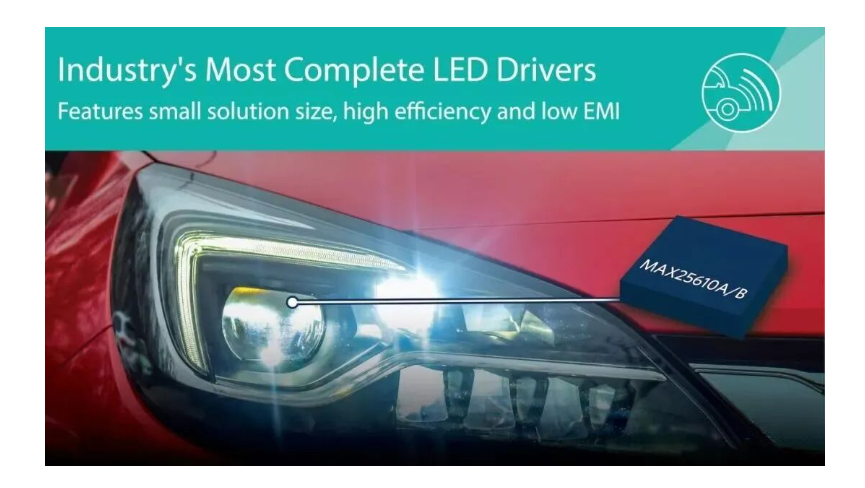
Ⅱ.EMI
Interference is a common problem in electronic applications, but in the application of electric vehicles, because safety, efficiency and performance are dependent on electronic devices, severe EMI can lead to many hidden dangers. ADI has been providing low EMI solutions for nearly two decades and is a leader in low EMI power solutions. ADI delivers outstanding EMI using the first commercially available Silent Switcher® technology (developed in 2013), application-specific tuned SSFM and innovative switching technology.
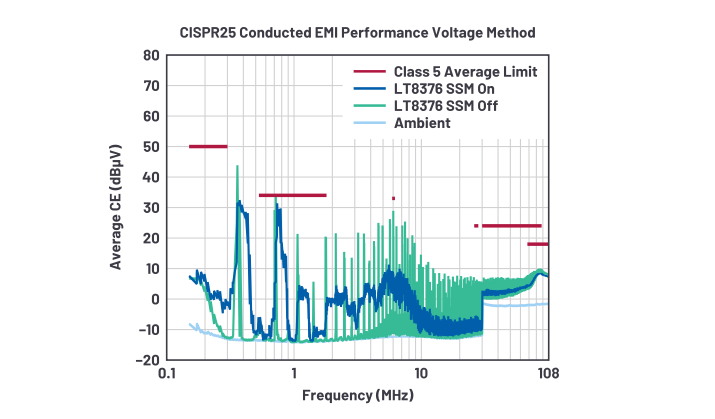
Extreme LED dimming requirements in automotive applications can make it difficult to meet CISPR EMI standards without adding expensive noise reduction components and complexity. ADI's multiple LED lighting product solutions incorporate a number of built-in features designed to minimize EMI, such as: minimizing EMI with its Silent Switcher® architecture for low EMI hot loops; Built-in spread spectrum frequency modulation (SSFM) function circuit helps reduce conducted and radiated EMI; The conversion rate is controlled to optimize efficiency while maintaining low noise performance. In the circuit below, the LT8376 uses proprietary Silent Switcher technology to enable low EMI LED drivers.
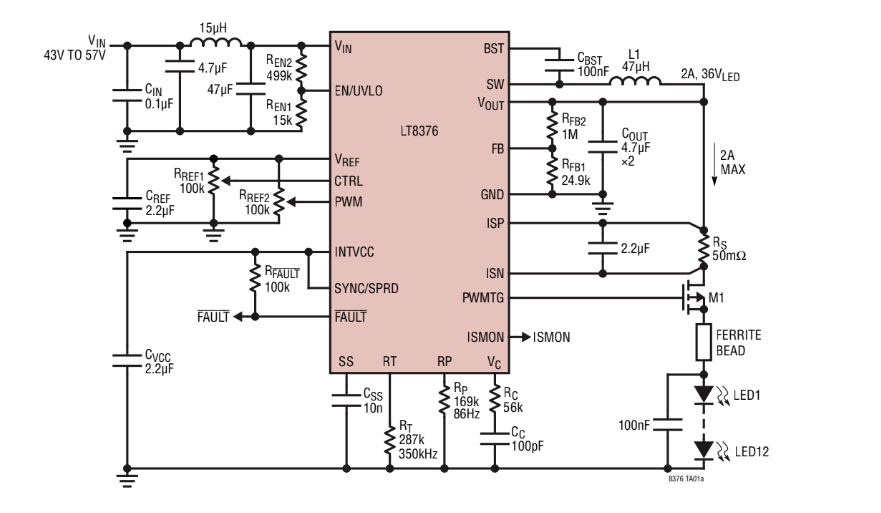
Ⅲ.Dimming performance
Head-up displays (HUD) are being used in more and more cars, and their lighting systems need to balance the need to produce clear images in bright sunlight, while presenting soft images at night without blocking the driver's line of sight, so the need for extremely high dimming ratios, which makes many schemes and designers head big. The dimming performance achieved by ADI's LED drivers is a huge advantage in this type of application. ADI's LED drivers provide the dimming performance specified in the specifications in all conditions, as opposed to the high light ratio specifications typically given by some products under ideal conditions or under specific operating conditions. We offer external and internal PWM dimming, as well as excellent analog dimming.
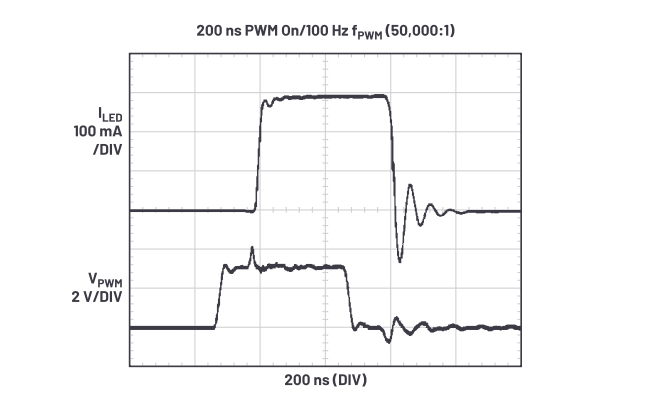
For example, when the LT3932 operates at 100Hz dimming frequency and 2MHz switching frequency, the high-current LED design enables a 5000:1 PWM dimming ratio and well-regulated LED current. In addition, a combination of PWM dimming and analog dimming can be used to increase the dimming ratio to 20,000:1. For applications requiring more than 5000:1 PWM dimming ratios, a variant of the LT3932, the LT3932-1, enables high dimming performance without the device-specified "relationship between minimum PWM on-time and switching frequency" restriction. Because the latest in-car displays require a minimum dimming ratio of 10,000:1, the LT3932/-1 makes it easy to meet the daunting dimming specifications. In our latest generation of products, digital signals can be used for analog dimming.

Ⅳ.Reliability
Compared with general lighting, there is a significant gap in the working environment of LED automotive lighting, mainly manifested in input voltage fluctuations, changes in vibration intensity and frequency during use, and changes in the engine compartment and other surrounding heat, temperature and humidity, solar radiation, salt spray corrosion, dust fall and many other factors. Therefore, the requirements for device reliability of LED automotive lighting are much higher than in the field of general lighting.
ADI's LED driver products are installed in millions of external and internal automotive outlets worldwide, with more than 500 million LED drivers delivered from 2010 to 2020. More than half of these products are deployed in automotive applications because of proprietary semiconductor processes, wafer-level optical inspection, X-ray package inspection, and comprehensive testing of all functions and specifications to ensure that these applications have failure rates below 1 ppm, which exceeds industry standards.
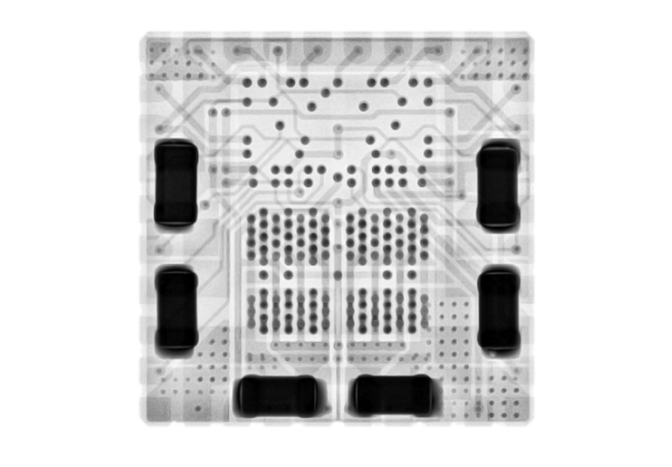
Conclusion
In fact, these design dimensions are usually considered in the design of every automotive electronic system, and each of our solutions for automotive lighting will take into account these points in a full range, and each solution may have special differences for specific application needs. The LT3932, for example, offers superior dimming performance with its compact size, high current LED drive, low EMI characteristics, and 90% peak efficiency over the entire input range (~91% efficiency without EMI filters). The device has a number of built-in features designed to simplify the design process for high-performance automotive and industrial LED driver applications.
Heisener Electronic is a famous international One Stop Purchasing Service Provider of Electronic Components. Based on the concept of Customer-orientation and Innovation, a good process control system, professional management team, advanced inventory management technology, we can provide one-stop electronic component supporting services that Heisener is the preferred partner for all the enterprises and research institutions.
